Filmmaker 5 with Suvi West and Anssi Kömi: Homecoming (Máhccan)
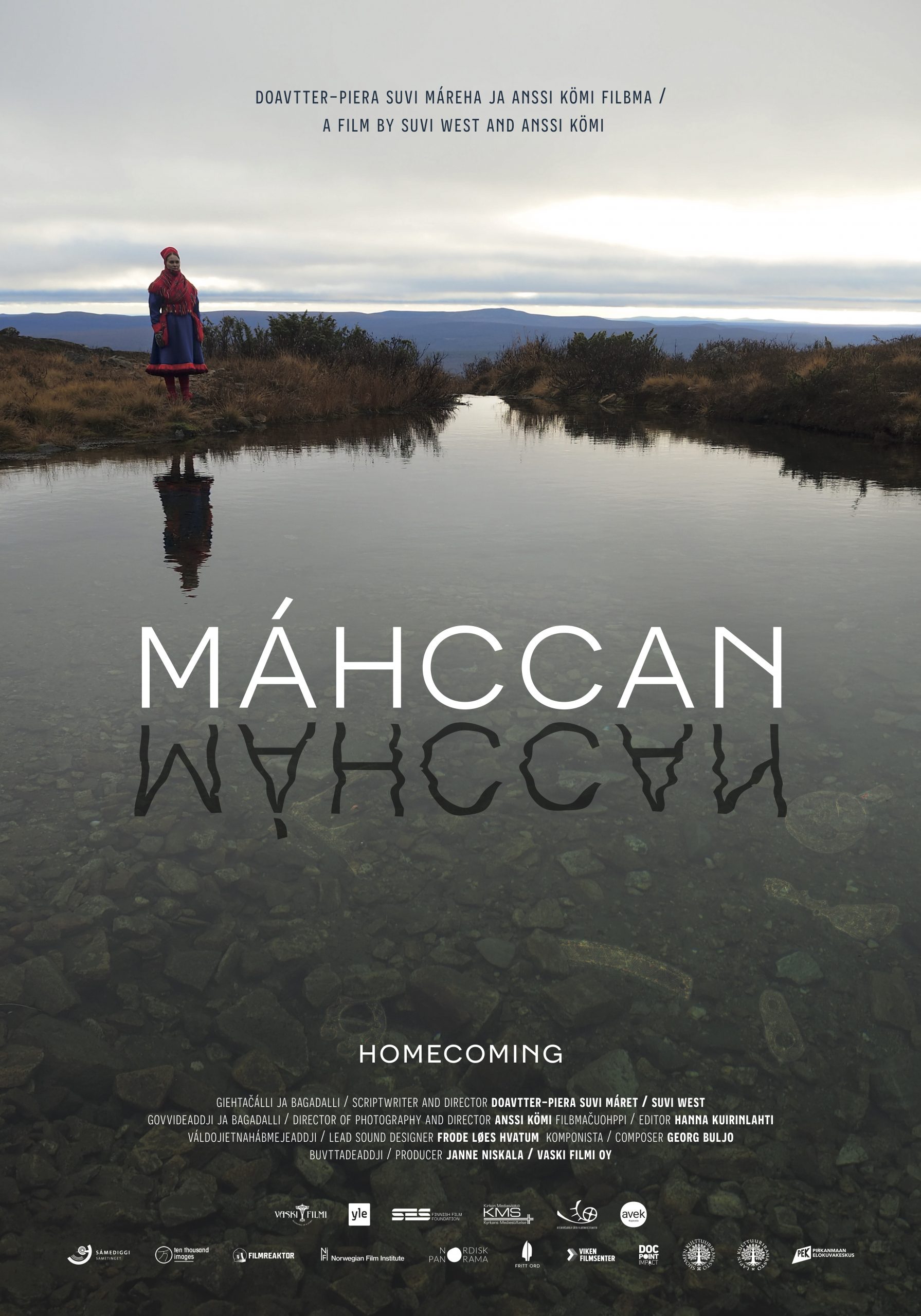
Homecoming (Máhccan), from acclaimed documentarians Suvi West and Anssi Kömi, is slated to World Premiere at the 2023 Toronto International Film Festival running September 7-17 as part of the TIFF Docs section.
The film follows Sámi filmmakers West and Kömi as they observe and help assist in the return of Sámi cultural artifacts, which hold significant spiritual and historical importance to the community. Long appropriated by museums and researchers, Sámi cultural artifacts are documented and returned to the people and their homeland in acts of Indigenous repatriation. Throughout the question remains if one can connect to the ancestors through items.
Homecoming (Máhccan) is a Finnish/Norwegian co-production produced by Janne Niskala of Vaski Filmi (Finland) in association with Mette Cheng Munthe-Kaas and Johanna Dorothea Raita of Ten Thousand Images (Norway).
Our Classic Couple Academy interview the filmmakers Suvi West and Anssi Kömi follows.
Filmmaker 5.1: Telling a story of Indigenous repatriation is a daunting task. How did you arrive at the structure—what to keep, what to withhold?
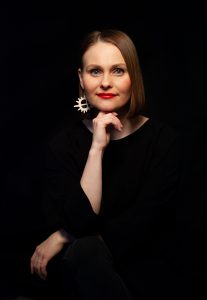
Suvi: Our method of work is trying to find out the true essence of the story at the deepest level, so we never know what the story is about when we start the process. This time, we were halfway through the production until we somehow knew. It was a changing point. Initially, we started this process by following the Finnish National Museum’s repatriation process only because we felt we needed to do that without understanding why. We focused on the structures of the museum world, the colonial burden, and the change in the museums. But the process felt heavy, and we faced artistic obstacles. I believe in creative flows and guidance, so I felt that something was not right, and I was almost giving up on this story. When I was down and ready to let go, something happened, and the story came out. We understood that we could not make everyone happy, and at that point, we decided to abandon all the expectations we received and tell this story the way we felt about it. That was when the ancestors and spiritual world Sáivu came to the story, and since then, we have followed the ancestors instead of the museum structures. The process became light and inspiring to work with. We followed our intuition wherever it took us, both in the shooting field and in the editing room. Since the middle point, it was a huge privilege to be able to tell this story. I’m forever thankful for this story that it came to us to tell.

Anssi: Working together and with small groups allows us to capture footage for a more extended period and react quite quickly if something important happens. Sometimes, it takes quite a long time to realize what a film wants to become. You could call it some epiphany when it happens. You just know. It can get frustrating before you don’t have that. We even dwell in disbelief before that moment. It certainly was a relief when we reached that point, but the actual work didn’t get any easier. There still was the movie to make. A movie is an emotional tool, so it often works when we cut out the data and follow emotions, ours, and people in front of the camera.
Filmmaker 5.2: There is a moment in the film where you can view a drum of a Sámi noaidi, and you make the decision not to capture it on film. What prompted that decision? Was this a sacred experience?
Suvi: It was more of a lack of the sacred experience. I would have felt myself as someone who is just exploiting our culture. It has happened and is still happening to outsiders, so instead of exploitation, we wanted to be respectful and work with Sámi filmmaking methods, values, and ethics, which are different from Western filmmaking processes. But it is not always easy to know the right thing to do, and I constantly struggle with that as a filmmaker.
The other important aspect of that decision was that it was not straight from my Sámi culture. Even though we are one nation, we have multiple groups and areas inside the nation. My Sámi heritage is only the one that comes from my own ancestors. This drum didn’t belong to our group, and by that, I wasn’t the right person to greet it.
Anssi: I think every person should stop sometimes and consider what is one’s reason for exploiting objects and cultures and whether it is okay or not. It does not hurt to ask for a promise and only go when invited.
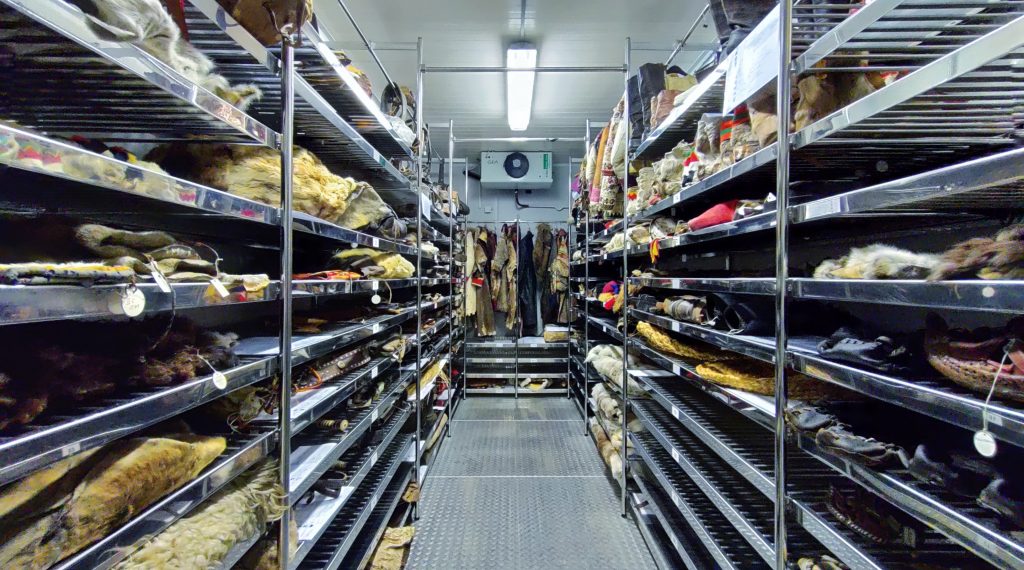
Filmmaker 5.3: Homecoming (Máhccan) highlights the return of items and ancestors to Sámi land. How was this personal for you? And what was it like sharing these experiences with fellow Sámi?
Suvi: This story made me question everything I have learned from the history of my people. Even the narrative told by my people. I understood that the past is not black and white. This film changed my life because I understood how the Sámi have been portrayed in museums, schools, and other national institutions strongly affects me and my fellow Sámis. “Ethno stress” is something many of us Sámi carry, brought by colonizers. “Ethno stress” is something when we, as Sámi, try to be as authentic as possible in the eyes of outsiders and among ourselves. It means that we feel we failed if we don’t know how to slaughter a reindeer, know 300 words to snow, or how to sew a salmon skin Sámi dress. I’m a filmmaker; why do I require those kinds of skills? With this film, I understood how ridiculous and racist the idea is that we, Sámi (and other Indigenous people), should look, dress, and behave the same way our ancestors did hundreds of years ago. We don’t consider it authentic enough if we don’t do that. After this film, every time I do Sámi handicrafts, I wonder if this is something that I really want to do or if I am just trying to be a real Sámi woman because of the Ethno stress. I try to internalize that whatever I do or do not do, I’m still an authentic Sámi despite the colonial descriptions of Sámi people.
One of the best parts of making a documentary is to meet amazing people. We interviewed and followed lots of people. Unfortunately, many were cut out from the final film because the story started to go in a different direction. Still, these encounters gave me so much understanding, shaped our thinking, and affected the story strongly. I cried a lot when I heard people talking about their traumas and family histories and when I understood on a deep level how representation still really affects our people.
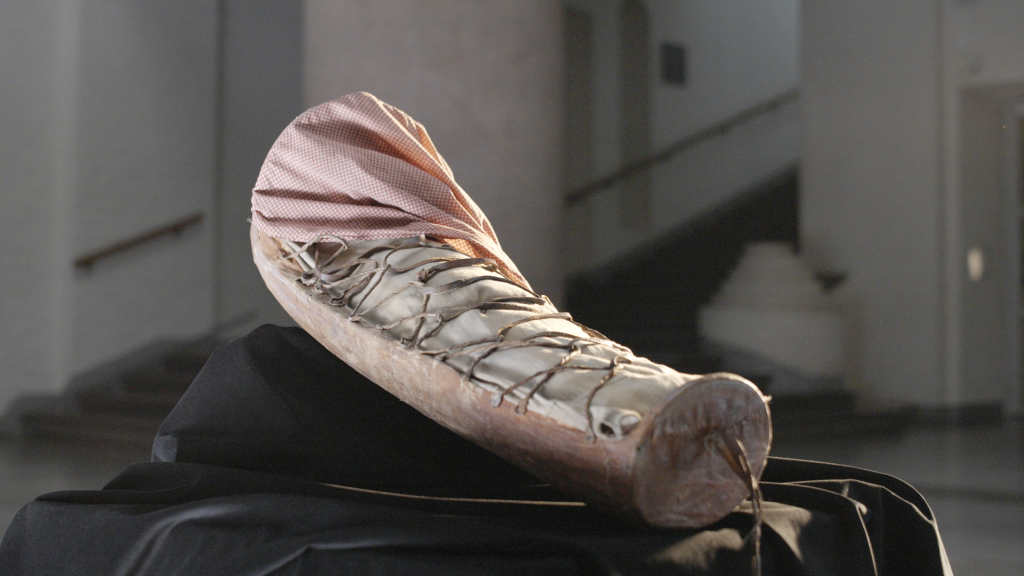
Filmmaker 5.4: Christianization, Scandinavization, exhibitionism, genetic research, discrimination—the Sámi have experienced all in the past and still face present challenges. How do you see your role as a filmmaker in sharing this experience?
Suvi: I started my career as a TV comedian and as a filmmaker who tells universal love stories. My aim was never to be a spoke person for my people or be a Sámi activist. But because the world is the way it is, I felt that I had to do my share and that I must talk and make films about colonialism and human rights violations. However, I feel that deep down is not me. That’s why I hope to focus next on something that arises from my soul instead of emerging from the needs of my people. I have struggled if I, as a Sámi filmmaker, have permission to do light comedy or tell love stories when there are so many colonial acts threatening our culture. But right now, I have decided that I must take a vacation from being important and telling important stories. Homecoming was an act to liberate art in me. After being so down, desperate, and feeling constant guilt about portraying my people the rightful way and having ongoing inner ethical battles, I decided not to worry anymore. These internal battles came from understanding how Sámis have been portrayed by the outsiders on screen and in media, and I felt a huge responsibility to correct the representation that has done so much harm. That is, of course, an impossible task for an individual to do. So I decided not to care if the film would be good, bad, important, or horrible. The team stood behind this decision, so we made this film as a present for us, the way we heard and saw the story. After this fantastic artistic experience, I’m not sure if I’m ever again able to choose nothing but creative freedom and artistic flow despite the fact that it might disappoint some people who expect Sámis to be a certain kind of storyteller. In the future, I want to return to my roots as a storyteller. I want to do black comedy, universal love stories, human relationship stories, and stories about inner existential crises. Of course, the burden and trauma of colonialism follow me everywhere, and it will always be present in my future works, but I will not let it be the main character anymore.
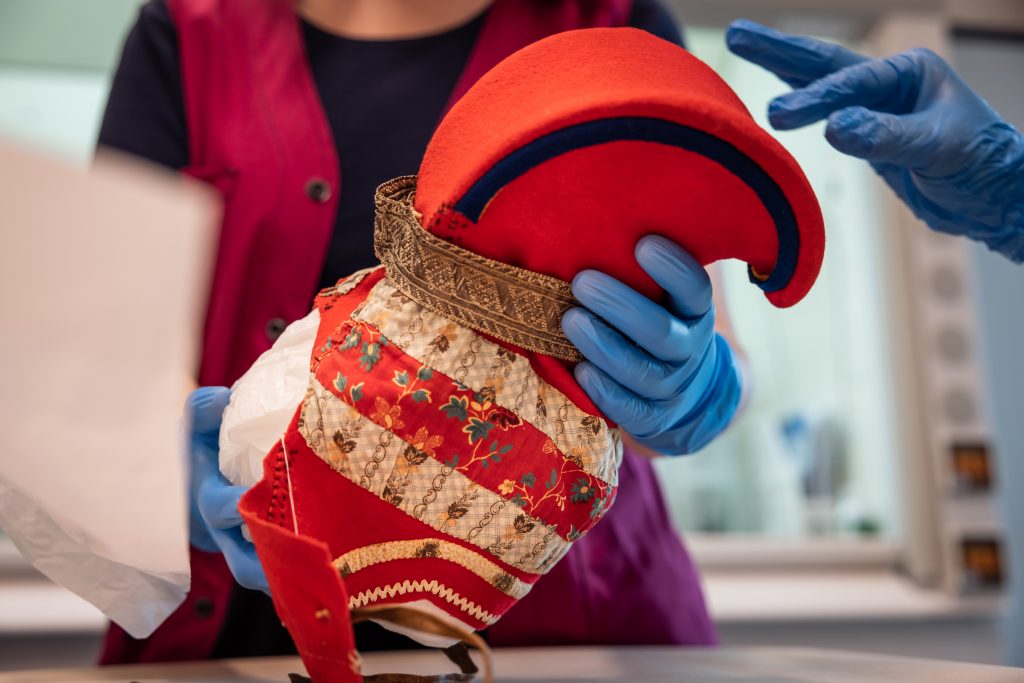
Filmmaker 5.5: What message do you wish to share with viewers who experience Homecoming (Máhccan)?
Suvi: We all have ancestors we can learn from, and if we believe in that, they can help us if we ask for guidance. It matters who tells whose stories, and it applies to all the ways, from filmmaking to museum exhibitions. I hope the time of colonizers telling the stories of Indigenous people and patronizing us will soon be over. It is crucial to understand how these stories told by outsiders still affect modern days in the forms of stereotypes, racism, and even colonialism. If we are seen as a people who are not as civilized as the Western people, then it means that we are not seen as good enough to own our heritage, such as museum items, Indigenous land, or fundamental human rights. Everything goes hand in hand, which is why we need to hold on to our stories and representation.
Anssi: Most of us have grown to believe that the exhibitions and the stories in the museums represent truth and evidence, but whose story and whose truth?
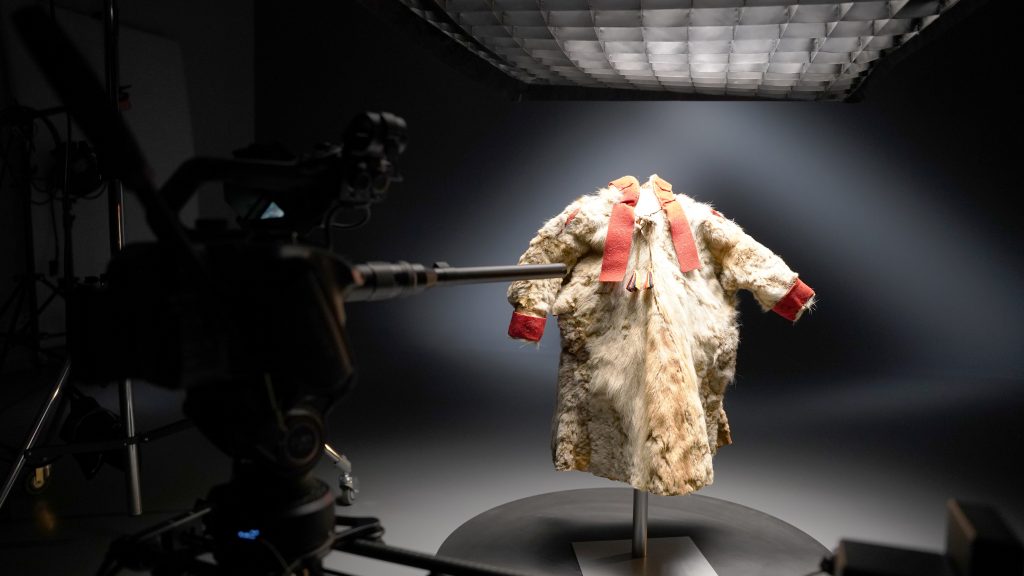
Classic Couple Academy Recommends
TIFF 2023 Homecoming Screening Times:

Finland, Norway | 2023 | 76m | Finnish, Sámi
Public 09/08/2023 4:15PM Scotiabank 11
Public 09/09/2023 9:15PM Scotiabank 13
